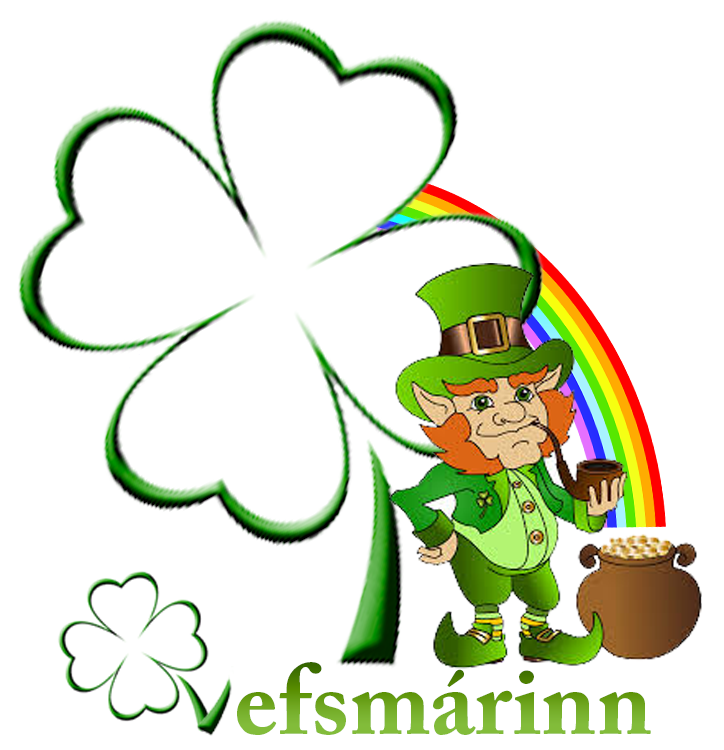Iceland’s Icy Wonderland

Nestled on the southeastern edge of Iceland,
Jökulsárlón Glacier Lagoon stands as a mesmerizing testament to the country’s frozen wonders. In this comprehensive guide, we embark on a journey through the ethereal landscapes of Jökulsárlón, exploring its glacial origins, the dance of icebergs, and the unique ecosystem that thrives in this icy wonderland.
A Glacial Symphony: Understanding Jökulsárlón’s Formation
Jökulsárlón is a geological masterpiece born from the Breiðamerkurjökull glacier, an outlet of the larger Vatnajökull glacier. The lagoon was formed as the glacier began to recede due to climate changes, leaving behind a vast, deep pool that now sparkles with glacial fragments. This dynamic process continues to shape the lagoon, creating an ever-changing landscape.
The Dance of Icebergs: Spectacle at Jökulsárlón
As you stand on the shores of Jökulsárlón, the air is filled with the crackling sounds of ice breaking free from the glacier and floating gracefully into the lagoon. These icebergs, sculpted by nature, showcase a kaleidoscope of blues and whites, each telling a story of their glacial origins. The lagoon is a living canvas, where icebergs dance and drift in a symphony of natural beauty.
Wildlife Encounters: Jökulsárlón’s Unique Ecosystem
Despite its frigid temperatures, Jökulsárlón is teeming with life. Seals are a common sight, gracefully swimming among the icebergs or basking on floating chunks of ice. Bird enthusiasts will appreciate the diverse avian population, including arctic terns and skuas, adding a dynamic layer to the frozen landscape.
Exploring the Glacier Lagoon: Boat Tours and Beyond
To truly immerse yourself in the magic of Jökulsárlón, embark on a boat tour that navigates through the labyrinth of icebergs. These tours offer an up-close encounter with the majestic ice formations and provide insights into the geological forces shaping the glacier lagoon.
For the more adventurous, consider exploring the surrounding area on foot. Stroll along the Diamond Beach, where icebergs that have drifted out to sea wash ashore, creating a glistening contrast against the black sands. The juxtaposition of ice and volcanic sands is a photographer’s dream.
Seasonal Transformations: Jökulsárlón Across the Year
Jökulsárlón’s allure changes with the seasons, offering a different experience each time you visit. In winter, witness the lagoon adorned with snow and the possibility of catching a glimpse of the Northern Lights dancing above. Spring and summer bring a burst of life, with vibrant flora contrasting against the icy backdrop.
Autumn paints the landscape with warm hues, creating a serene and picturesque atmosphere. Each season adds a unique chapter to the story of Jökulsárlón, inviting visitors to witness the glacier lagoon’s ever-shifting beauty.
Cultural Significance: Jökulsárlón in Icelandic Folklore
Jökulsárlón isn’t just a geological wonder; it holds cultural significance in Icelandic folklore. Locals share stories of mythical creatures residing in the glacier lagoon, adding an enchanting layer to its already magical ambiance. These tales reflect the deep connection between the Icelandic people and the dynamic natural forces that shape their land.
Conclusion: Jökulsárlón’s Timeless Allure
As we conclude our journey through Jökulsárlón Glacier Lagoon, it becomes evident that this icy wonderland is more than just a tourist destination. It’s a living testament to the delicate dance between glaciers and climate, a canvas painted with the vibrant hues of ice and water. Jökulsárlón’s timeless allure beckons adventurers, photographers, and nature enthusiasts to witness the poetry of nature in action.
Frequently Asked Questions (FAQ)
How do I get to Jökulsárlón Glacier Lagoon from Reykjavik?
The most common route is via the Ring Road (Route 1). The drive takes approximately 4 to 5 hours, depending on road conditions. Guided tours are also available for those who prefer not to drive.
Are there accommodations near Jökulsárlón?
Yes, there are accommodations in the nearby village of Höfn and along the Ring Road. It’s advisable to book in advance, especially during peak tourist seasons.
Can I visit Jökulsárlón in winter?
Yes, Jökulsárlón is accessible year-round. In winter, the landscape is transformed into a snowy wonderland, and boat tours still operate, offering a unique winter experience.
Are there restaurants or cafes near Jökulsárlón?
Yes, there are cafes and restaurants both at Jökulsárlón and in nearby towns. However, it’s recommended to bring some snacks, especially if you plan to explore the area extensively.
Can I see the Northern Lights at Jökulsárlón?
Yes, Jökulsárlón is a great location for viewing the Northern Lights during the winter months. However, visibility depends on weather conditions and solar activity.
Is there an entrance fee for Jökulsárlón Glacier Lagoon?
No, there is no entrance fee to access Jökulsárlón. However, there may be fees for guided boat tours or other activities.
Are there guided tours available at Jökulsárlón?
Yes, there are guided boat tours that offer a unique perspective of the glacier lagoon. Additionally, local guides may provide insights into the geological and cultural aspects of Jökulsárlón.
What should I wear when visiting Jökulsárlón?
Dress warmly, especially in winter. Layers, waterproof clothing, and sturdy shoes are recommended. Weather conditions can be unpredictable, so it’s essential to be prepared.






